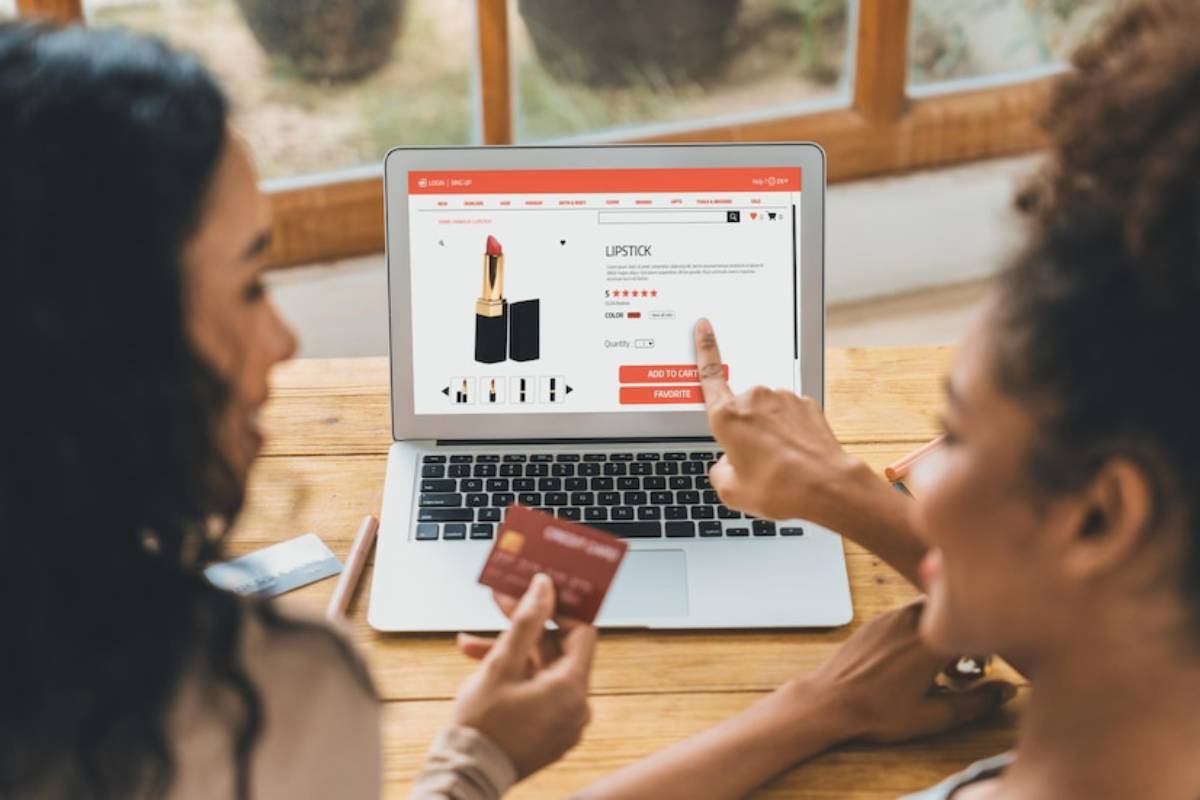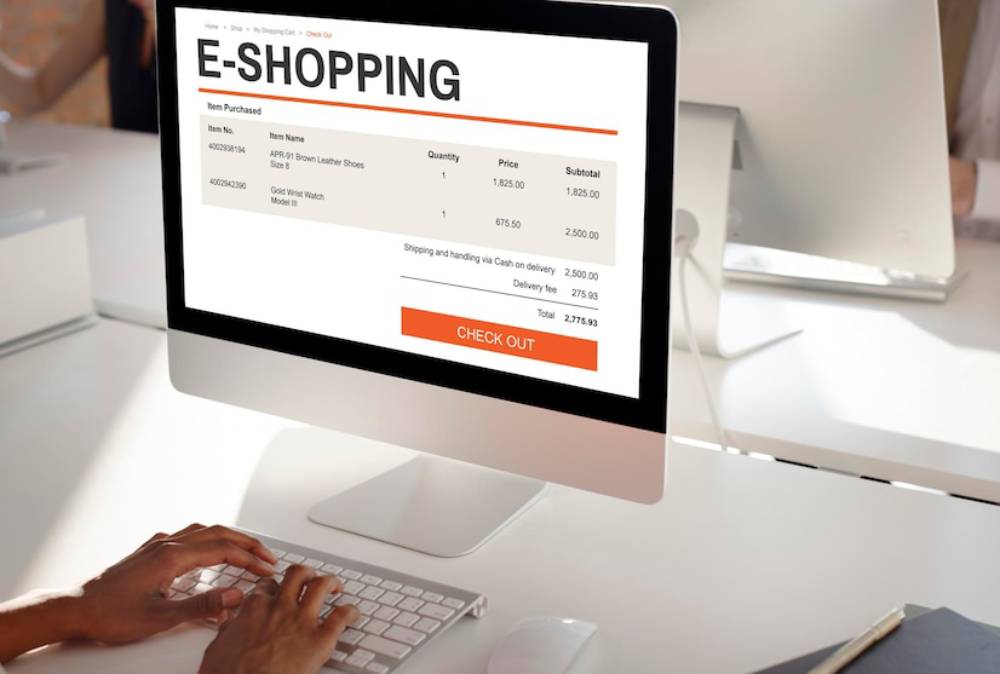
Optimising Your Checkout Page for Higher Conversion
You’ve done the hard work: driven traffic, engaged your audience, and convinced them to add products to their cart. But if your checkout process isn’t optimised, all that effort can go to waste. In ecommerce, even small friction points can cause cart abandonment. That’s why investing in your checkout UX is one of the highest-leverage forms of conversion optimisation.
This article breaks down how to create a seamless, trustworthy, and persuasive checkout flow that improves your bottom line—without sacrificing user experience.
Why Checkout Optimisation Matters
According to Baymard Institute, the average cart abandonment rate is nearly 70%. That means for every 10 shoppers who add to cart, only 3 complete the purchase.
Common Causes of Abandonment:
- Unexpected fees or unclear shipping costs
- Forced account creation
- Too many form fields
- Slow loading or poor mobile design
- Limited payment methods
- Lack of trust signals (e.g., SSL, guarantees)
Conversion optimisation starts by addressing these issues head-on with data-driven design choices.
1. Simplify the Checkout Flow
One-Page Checkout vs Multi-Step:
- One-page checkouts are faster but can appear cluttered.
- Multi-step checkouts feel cleaner but may lengthen the process.
Best Practice: Use a multi-step layout with clear progress indicators—this breaks down the process while keeping it psychologically manageable.
Reduce Form Fields:
- Only ask for essential information
- Use auto-fill for email, address, and payment
- Combine first and last name into one field (where appropriate)
Ecommerce Design Tip: Each extra field can reduce conversions by 0.5–2%. Trim the fat.
2. Enable Guest Checkout
Not everyone wants to create an account. Forcing account registration is one of the top friction points in checkout UX.
Solution:
- Offer guest checkout as the default option
- Prompt account creation post-purchase (“Create an account to track your order”)
- Use social or one-click login for returning customers
Conversion Insight: Offering guest checkout can increase conversion by up to 20%.
3. Optimise for Mobile

Mobile commerce is booming, but mobile checkouts still lag in conversion compared to desktop.
Optimise By:
- Using large, thumb-friendly buttons
- Auto-detecting and formatting fields (e.g., phone number)
- Ensuring tap-to-fill works for saved cards or Apple/Google Pay
- Avoiding modals or popups during checkout
Design Tip: Test your mobile checkout flow yourself—and remove every point of friction.
4. Show Transparent Pricing and Shipping Early
Surprise charges at checkout are one of the biggest conversion killers.
Fix This By:
- Showing shipping fees and estimated delivery dates upfront
- Providing real-time tax calculation based on location
- Offering a dynamic “Total Summary” throughout the checkout flow
Psychology Tip: Transparency builds trust. Even if shipping isn’t free, clearly showing costs reduces abandonment.
5. Offer Multiple Payment Options
If your shopper’s preferred method isn’t available, they won’t convert.
Must-Have Payment Options:
- Major credit/debit cards
- PayPal
- Digital wallets: Apple Pay, Google Pay
- Buy Now, Pay Later: Klarna, Afterpay
Bonus Tip: Offer localised payment methods if selling internationally (e.g., iDEAL in the Netherlands, Sofort in Germany).
6. Build Trust with Security Signals
Your checkout needs to feel secure—even if it already is.
Add:
- SSL certificate (HTTPS + padlock icon)
- Badges for secure checkout (McAfee, Norton, SSL Secure)
- Accepted payment icons (Visa, Mastercard, etc.)
- Trustpilot or customer review widgets
Design Tip: Place trust elements near the “Place Order” button for maximum effect.
7. Leverage Smart Checkout Features
Modern ecommerce platforms allow intelligent features that streamline checkout.
Smart Features to Use:
- Address auto-complete via Google Maps API
- Cart-saving functionality (returning visitors)
- Exit intent offers or urgency popups
- Progress bars and estimated time to completion
Conversion Insight: The smoother and faster the process, the more likely the user is to follow through.
8. Use Scarcity and Social Proof (Strategically)
While your checkout should be distraction-free, well-placed persuasion elements can nudge users to complete the purchase.
Tactics:
- “Only 3 left in stock” notices
- Countdown timers (for time-sensitive offers)
- “500 people bought this today” messages
- Money-back guarantees or risk-free trial badges
Best Practice: Keep it subtle. The goal is to reinforce, not overwhelm.
9. Include Clear Return and Support Options
Last-minute doubts can derail conversions. Reassure shoppers that they’re protected.
How to Do It:
- Add a clear “30-day return guarantee” message
- Display live chat or FAQ links during checkout
- Offer real-time shipping updates or ETA
Support Tip: Use apps like Gorgias or Tidio to automate live support without interrupting flow.
10. Test and Optimise Continuously
What works for one brand may not work for another. Split testing your ecommerce design is essential.
What to A/B Test:
- Button copy and placement (“Buy Now” vs “Complete Order”)
- Progress bar visibility
- One-page vs multi-step checkout
- Payment method order or icons
Tools to Use:
- Google Optimize (for free A/B testing)
- Hotjar or Lucky Orange (for session recordings and heatmaps)
- Shopify analytics or WooCommerce reporting for funnel tracking
Checkout UX Best Practices Checklist
| Area | Best Practice |
| Form Fields | Ask only what’s necessary |
| Account Creation | Allow guest checkout |
| Mobile Design | Use large buttons and clean layout |
| Payment Methods | Offer at least 3+ options |
| Pricing Transparency | Show totals, fees, and shipping early |
| Trust Signals | Display SSL badges and accepted cards |
| Exit Prevention | Use gentle urgency or assurance |
| Support Access | Provide live chat or contact links |
| Speed & Performance | Ensure pages load in under 2 seconds |
| Post-Purchase Flow | Upsell or account invitation subtly |
Key Takeaway
A high-converting checkout isn’t built by chance—it’s crafted through deliberate checkout UX choices, frictionless design, and behavioural psychology. By simplifying forms, building trust, and offering flexible payment options, you create a smooth path from cart to confirmation.
The Checkout Page is Your Revenue Engine

Your store’s checkout is where money is made—or lost. Don’t let design flaws, payment gaps, or hidden fees erode trust and profits. Treat it like the performance-critical funnel it is.
So optimise every detail, remove every barrier, and give your customers a checkout experience that’s as polished as the products they’re buying.


